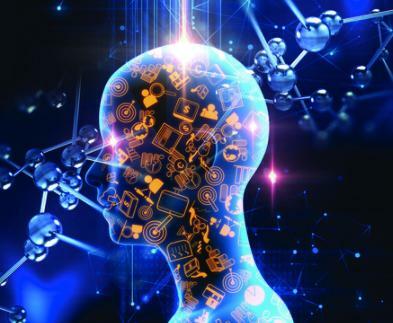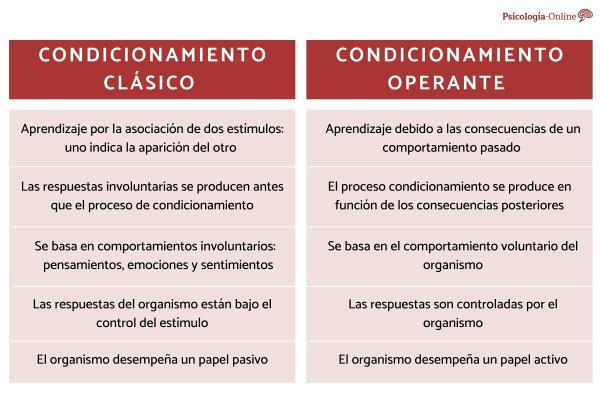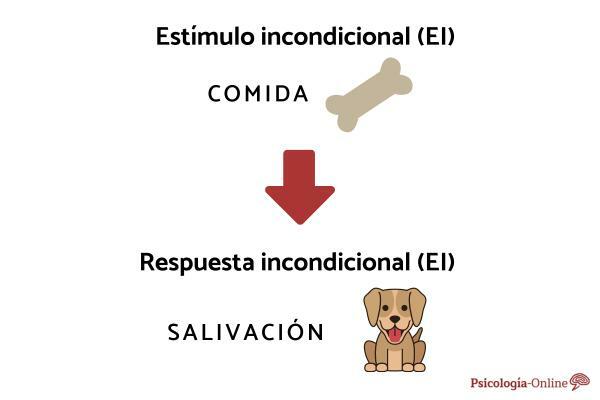
From a very young age we have felt a strong connection with those who cared for us. However, these connections do not always lead to appropriate relationships between the baby and her caregiver.
In the parks we can find great differences between the relationships that each of the boys and girls have with their parents. This union that infants develop, since they are babies, towards their caregivers, is what is known as attachment.
However, we must bear in mind that not all types of attachments are good and adequate, but while some may help infants to develop properly, others may lead to age problems adult.
Therefore in Psychology-Online we intend to explain each of the possible attachments that a baby may develop and how this will influence their future.
Index
- What is attachment theory in psychology
- What are the types of attachment
- Secure attachment
- Insecure attachment
- Elusive attachment
- Disorganized attachment
What is attachment theory in psychology.
The human being has a need to feel attachment and to have unconditional affective referents to give you support. Without them, normal psychological development is not possible. There is what is considered a privileged relationship between the baby and her caregiver.
Keep in mind that the attachment define the feeling you have a baby to her / his caregiver, but not the other way around, since what caregivers (usually mothers) develop towards babies is known as bond.
Attachment appears between 6 and 8 months, which is when the baby recognizes her parents. In the following article you will find more information about the phases and development of attachment. There are a series of indicators in the behavior of babies which mark the existence of said attachment:
- Separation anxiety
- Anxiety about strangers
- Proximity behaviors (following their caregivers when they move away from them)
What are the types of attachment.
Ainsworth was the first psychologist to design an experimental situation that would allow him to determine whether a child had attachment or not and, in turn, to be able to define the different types of attachment that existed. Established three different types of attachment, however in the 80s one more was added to the list.
- Secure attachment.
- Insecure attachment
- Elusive attachment.
- Disorganized attachment
To explain the different types of attachment below, we must put our imagination to work to mentally recreate the experimental situations: a mother and her baby are in a room, the mother is sitting in a chair while the child plays.
Secure attachment.
The boy or girl play calmly while her mother is in the room, but that turns into tears when the caregiver gets up and leaves the room without taking him away. Crying baby is not exaggerated and, the moment the mother enters, she is interrupted. In this type of attachment, the child will have no problem reestablishing the relationship with her caregiver. According to statistics, boys and girls who develop this type of attachment have a better cognitive development.
These babies are able to get the comfort they need and demonstrate efficiency, flexibility and resilience when faced with stressful situations. They are generally cooperative and show a low level of irritation.
If in their childhood, children have this type of attachment, as they develop, they will have enough confidence to have an active participation in society. In general, these types of boys and girls tend to have a broader and more varied vocabulary. They are children more curious, competent, empathetic and resilient who tend to get along better with other infants, so that they form much closer friendships, which will allow them to show a good social adjustment in the future.
Insecure attachment
This type of attachment is also known to professionals as anxious or ambivalent. The boy or girl will only interact with what surrounds him (in this case the toys) if her mother is very close to him. The moment the caregiver leaves the room, this she will cry in an exaggerated way. It is considered ambivalent because of the child's reaction when the mother enters the room again, since she will be first angry with her for having left him. After a few minutes what he will do is hold on to it and not let go.
Insecure attachment causes problems and difficulties in cognitive and learning development. They tend to have inhibitions and negative emotions in childhood, as well as hostility towards other people. Infants with this type of attachment are prone to behavior problems and to develop psychiatric disorders from 17 years old. In the following article you will find Strategies for Infants with Behavioral Problems.
Elusive attachment.
The minor is completely independent of his motherit will be safe to explore its environment whether it is present or not. What's more when the mother leaves the place she shows no reactionIt just keeps doing its thing. The same happens when the caregiver returns, the child does not react in a meaningful way. They are characterized by show few emotions, whether positive or negative.
Disorganized attachment
The relationship of the boy or girl with his parents is as her name indicates: disorganized, because this does not know what is the behavior to have towards their parents. It is considered that this type of attachment can develop in unstructured families or in those infants who are victims of abuse.
This type of attachment is the least secure of all, since infants seem to lack an organized strategy to deal with the stress that a strange situation can produce. They usually show contradictory, repetitive, or misdirected behaviors.
Disorganized attachment is a reliable predictor of subsequent behavior problems and adjustment.
In the following article you will find more information about the consequences of each of the types of attachment.
This article is merely informative, in Psychology-Online we do not have the power to make a diagnosis or recommend a treatment. We invite you to go to a psychologist to treat your particular case.
If you want to read more articles similar to Attachment theory: types and development, we recommend that you enter our category of Evolutionary Psychology.
Bibliography
- Clemente, R. (2015). Evolutionary Psychology II. Jaume I. University
- Hernández, C. (2015). Evolutionary Psychology. Jaume I. University
- Papalia, D (2012). Human development.


